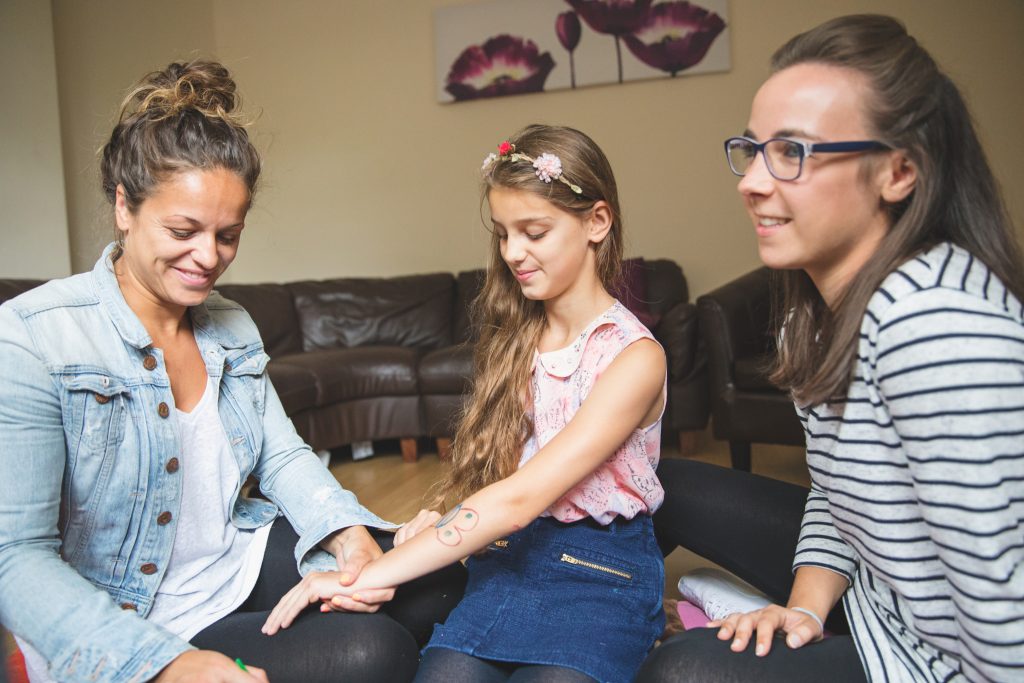
A PTSD assessment is a crucial first step in identifying whether you may be living with Post-Traumatic Stress Disorder—a condition often misunderstood or missed because many of its symptoms are internal and not immediately visible. Early assessment makes a real difference: it can prevent further deterioration in mental health, open up access to tailored treatment, and significantly improve quality of life.
By undergoing a professional PTSD assessment, you can better understand what you’re experiencing and receive the right support. These assessments also play an important role in raising awareness, reducing stigma, and helping others to better understand the impact of trauma. In the UK, where PTSD is particularly common among veterans and first responders (though it can affect anyone), assessments are essential in promoting both personal well-being and wider community mental health.
Recognising the Symptoms of PTSD
PTSD can manifest in many ways, and symptoms vary from person to person. Common signs include:
These symptoms can significantly affect daily life, work, and relationships. If you’re experiencing any of these, an assessment could be the first step to understanding and managing your symptoms.

What to Expect During a PTSD Assessment
During a PTSD assessment, a qualified mental health professional will take time to understand your experiences, emotional responses, and the impact of your symptoms. This will involve a supportive, two-way conversation focused on identifying the nature and severity of what you’ve been going through.
This will typically cover:
It’s important to be prepared to talk about the traumatic event or events you’ve experienced. While this can feel difficult or distressing, sharing your story helps the clinician form a clear, accurate understanding of your situation—an essential step in making a correct diagnosis and developing the most effective treatment plan.
The goal is to ensure you feel heard, understood, and supported at every stage. If it helps you feel more comfortable, you are welcome to bring a trusted friend or family member with you to the appointment. Whatever helps you feel safe and supported is completely encouraged.
Understanding the Types of PTSD
There are two main forms of PTSD:
Standard PTSD often develops after a single traumatic event—such as an accident, assault, or natural disaster. Symptoms may include flashbacks, nightmares, and heightened anxiety.
Complex PTSD (C-PTSD) results from prolonged or repeated trauma over time, such as childhood abuse, neglect, or long-term domestic violence. In addition to typical PTSD symptoms, C-PTSD may involve challenges with emotional regulation, self-identity, and relationships.
Identifying the type of PTSD you’re dealing with is vital in tailoring the right treatment approach.


PTSD Treatment and Support Options
Treatment for PTSD in the UK typically includes a combination of therapies and recommended approaches include:
There are many UK-based organisations offering support and resources, including:
You don’t need to face PTSD alone. A professional assessment is a compassionate, confidential way to understand what’s going on and begin your journey to recovery. Reach out today and take the first step toward healing.
Chrysalis Associates © 2024 All rights reserved